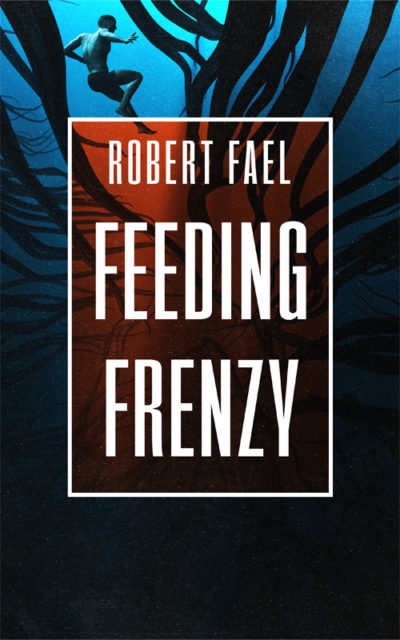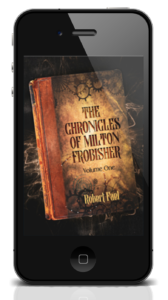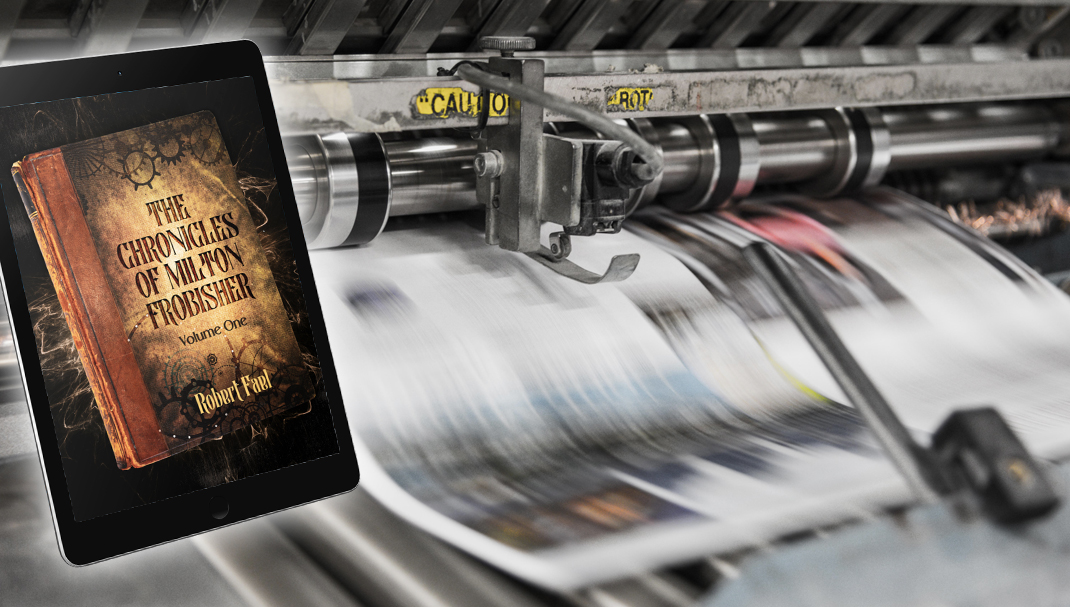In the last twenty years (give or take), ebooks and print-on-demand have changed publishing more dramatically than anyone could have imagined. Writers can now handle the whole process themselves, from getting the words down to putting the finished book on retail sites around the world.
But should we? Or is a traditional publishing deal still a better option?
There are lots of elements to this question and no easy answer, but I’m going to share my own experiences in the hope that it’s of some help. This year I have published traditionally, through an aggregator (for those who don’t know, I’ll explain that in a minute), and direct, via Amazon.
The traditional publishing deal
My first book, Feeding Frenzy, was published traditionally.  I submitted it, waited nervously for several months (6 months is not uncommon, but in this case it was around three), and then got an email saying they liked it. Yahaay!!!
I submitted it, waited nervously for several months (6 months is not uncommon, but in this case it was around three), and then got an email saying they liked it. Yahaay!!!
Then we went through some edits, got the cover designed, and finally, after another 3 months the book was released. Now this is fairly fast. The process can take a year or more depending on the publisher and their schedule. Patience is definitely required!
But the upside is that apart from the actual writing, the publisher does pretty much everything. As a writer, you can help get the word out, of course, but the publisher handles (and pays for) editing, cover, and marketing. Though the latter will vary, even small indie presses do this. Beware: any that don’t, or ask for a ‘contribution’ are trying to rip you off.
The aggregator
A few months later I had completed the follow-up, The Savage Moor. It’s not a sequel in that you can read the two separately, but it has the same main character and is set in more or less the same area.  Sadly, the publisher of Feeding Frenzy felt volumes were too low and didn’t want to continue the series. It was a commercial decision, not that they didn’t like my writing per se. In fact, they suggested I submit other work along specific lines, and I may do that in the future.
Sadly, the publisher of Feeding Frenzy felt volumes were too low and didn’t want to continue the series. It was a commercial decision, not that they didn’t like my writing per se. In fact, they suggested I submit other work along specific lines, and I may do that in the future.
But what to do now? I could have pitched the book to other publishers but decided to self-publish through an aggregator. In this case, Draft2Digital. The main difference is that now I was responsible for finding an editor and getting a cover designed.
When everything was finished, I used Draft2Digital’s online ‘bot to get both ebook and print version set up. D2D then submits it to Kindle, Kobo, Smashwords, Apple Books, a host of other retailers, and even a couple of library suppliers.
This is generally called ‘going wide’ rather than only publishing via Amazon. The disadvantage is that while you can still sell through Amazon, you can’t take advantage of Kindle Unlimited, a subscription service that pays you for page reads. You have to be exclusive to Amazon to qualify for that. I figure it’s a swings and roundabouts thing. What I lose from KU, I’ll hopefully gain by selling through those other retailers. The book was only released a couple of months ago, so it’s too early to tell just yet, but I’ll do an update when I get some figures.
Direct through Amazon
 In my albeit limited experience, I sell more books via Amazon than the other retailers combined, so when I finished The Chronicles of Milton Frobisher I decided to go direct through them. In other words, putting it solely on Kindle. I would like to do a paperback as well, but that requires formatting, and I either have to do it myself or pay someone. I don’t have the budget right now.
In my albeit limited experience, I sell more books via Amazon than the other retailers combined, so when I finished The Chronicles of Milton Frobisher I decided to go direct through them. In other words, putting it solely on Kindle. I would like to do a paperback as well, but that requires formatting, and I either have to do it myself or pay someone. I don’t have the budget right now.
Completing the ‘trilogy’ of traditional, aggregator, and fully self-published also had an impact on my decision. The Chronicles of Milton Frobisher has only been out a few weeks, so it’s way too early to see any meaningful results, but it is nice to see those ‘pages read’ numbers ticking over.
I should point out that the money via KU for page reads is way lower than if I actually sold a book. Like 50 cents rather than $2.99. On the flip side, those readers might not otherwise have bought it anyway. Again, I’ll keep you posted.
Conclusions?
The traditional publishing deal was the easiest. I wrote a book, and apart from a few edits, they did the rest. It also earns me the least amount per sale.
Although there are some differences in the processes, working with the aggregator and Amazon is broadly similar. When compared to traditional, there’s a significantly larger investment in my time and money. However, in terms of earnings per book, Kindle is about 30% more than traditional, the aggregator is about 10% more. Your figures may vary depending on the deal you get or the price you set if you self-publish, but probably not by much.
What will I do in the future? I will try to publish the book I’m working on at the moment traditionally. It’s going to be part of a trilogy, and I would rather be working on parts 2 and 3 than doing all that other stuff. If nobody picks it up, I will self-publish. I’ll almost certainly self-publish further books in the ‘Chronicles’ series because they’re quick, easy reads, and I can get them out faster. Whether I use Draft2Digital or go direct to Kindle will depend on the results I see over the coming months. I’ll keep you posted.
OK, that’s me done. If you have any questions by all means drop me a line here. If you’d like to keep up to date with news, offers, etc., please sign up for my free monthly newsletter at the bottom of that page.
Printing machine picture by Bank Phrom at Unsplash.
